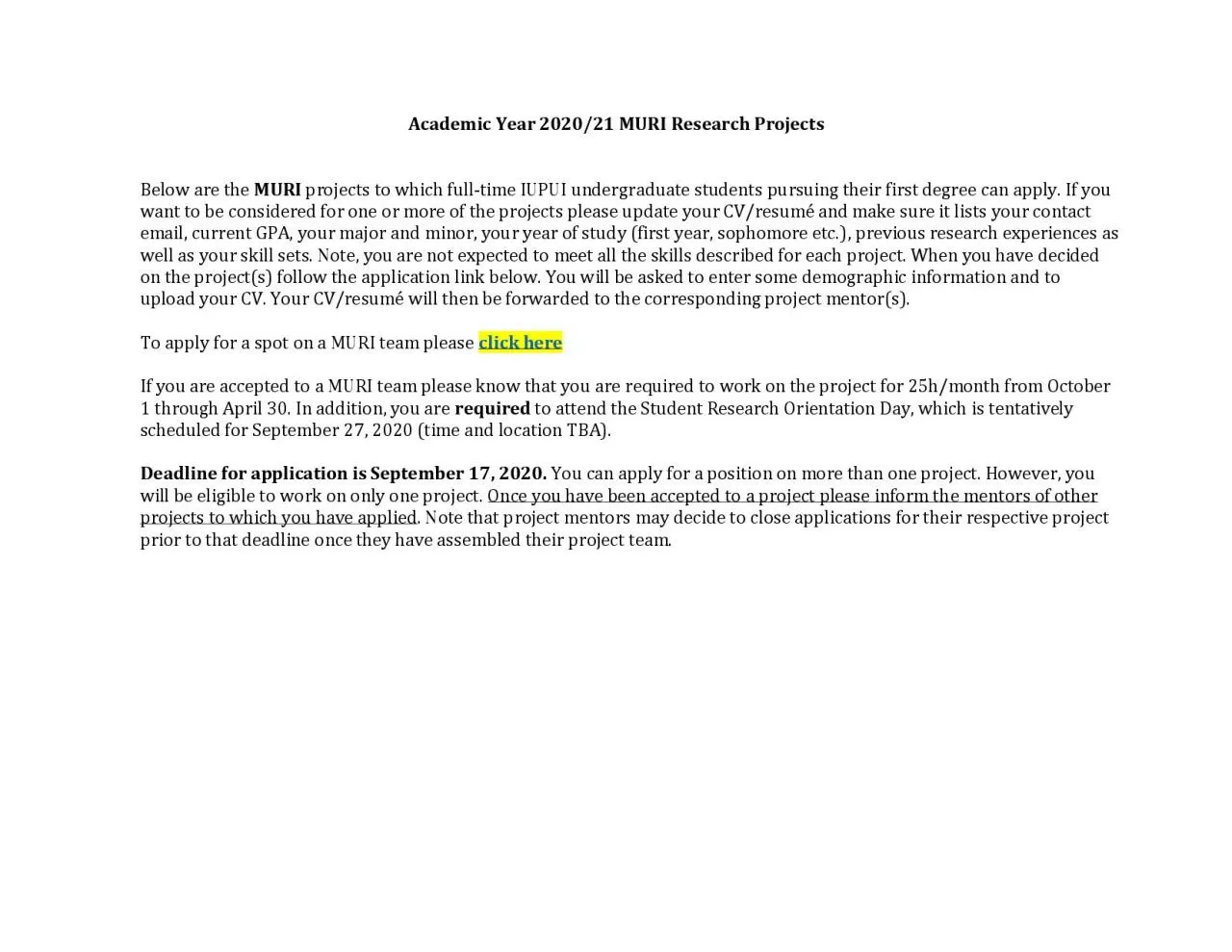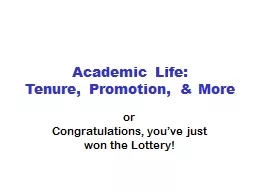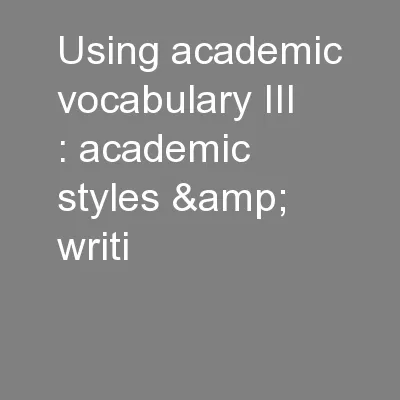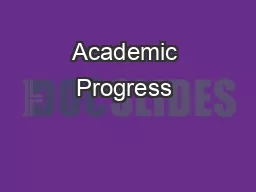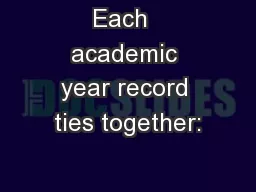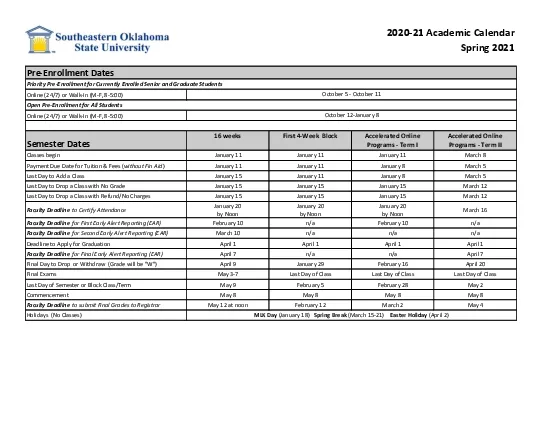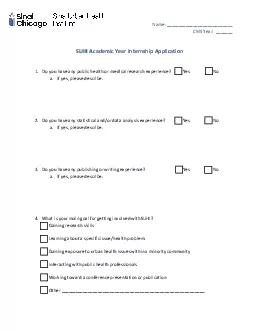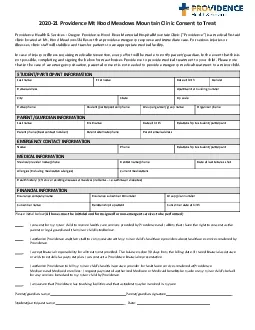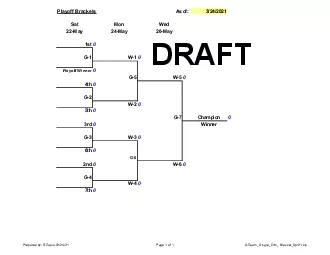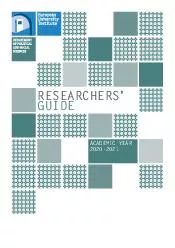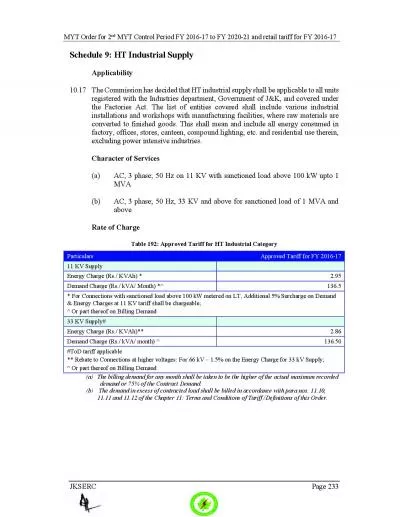PDF-Academic Year 202021
Author : everly | Published Date : 2021-08-05
MURI Research ProjectsBelow are the MURIprojects to which fulltime IUPUI undergraduate students pursuing their first degree can apply If you want to be considered
Presentation Embed Code
Download Presentation
Download Presentation The PPT/PDF document "Academic Year 202021" is the property of its rightful owner. Permission is granted to download and print the materials on this website for personal, non-commercial use only, and to display it on your personal computer provided you do not modify the materials and that you retain all copyright notices contained in the materials. By downloading content from our website, you accept the terms of this agreement.
Academic Year 202021: Transcript
Download Rules Of Document
"Academic Year 202021"The content belongs to its owner. You may download and print it for personal use, without modification, and keep all copyright notices. By downloading, you agree to these terms.
Related Documents

